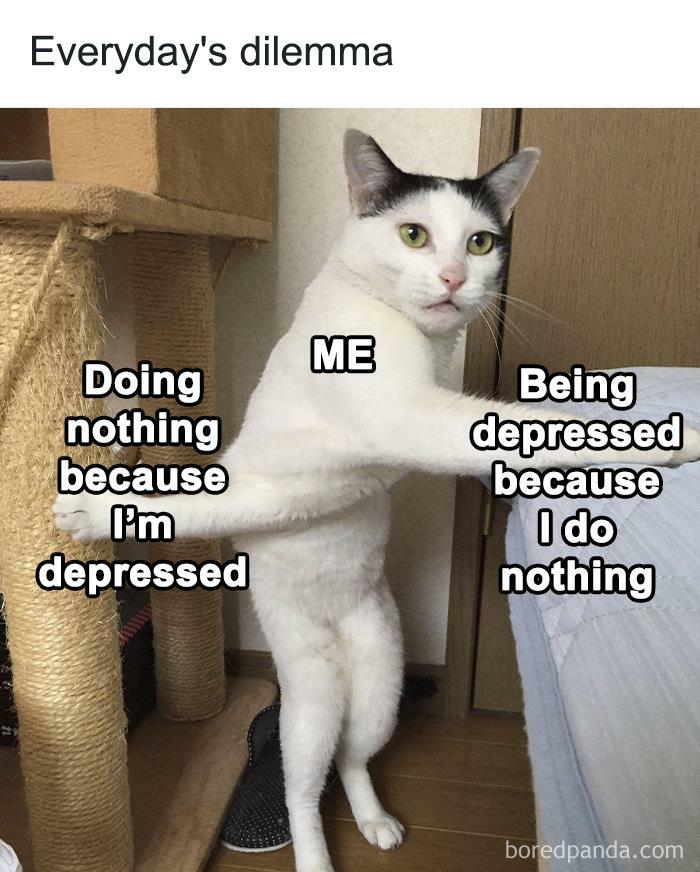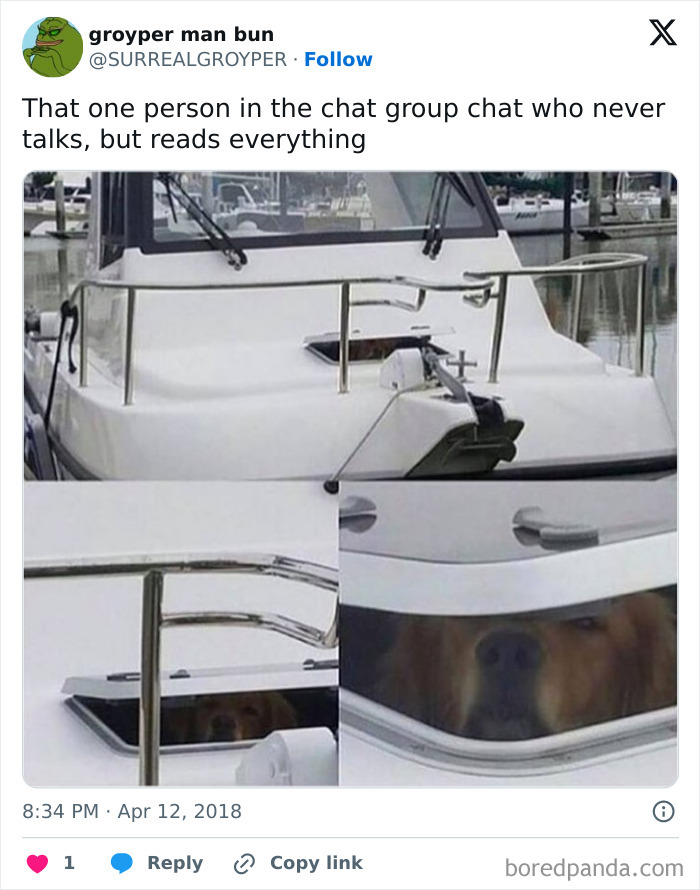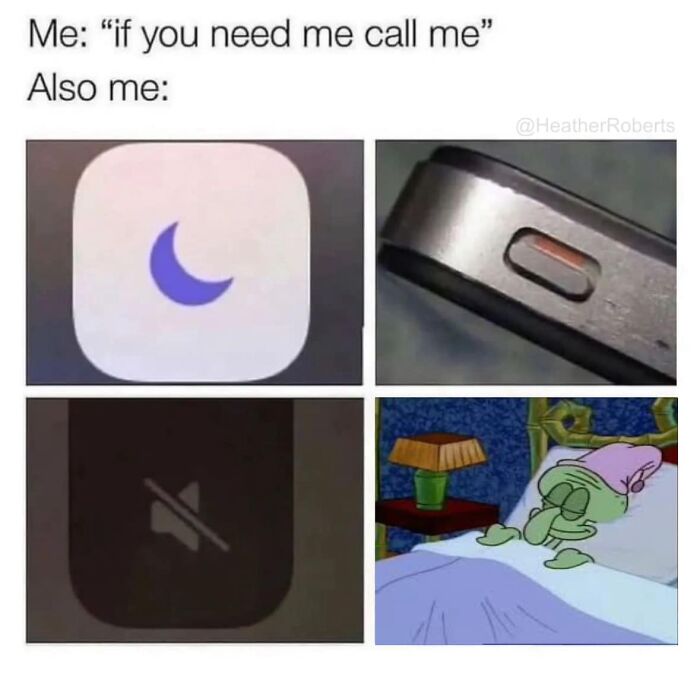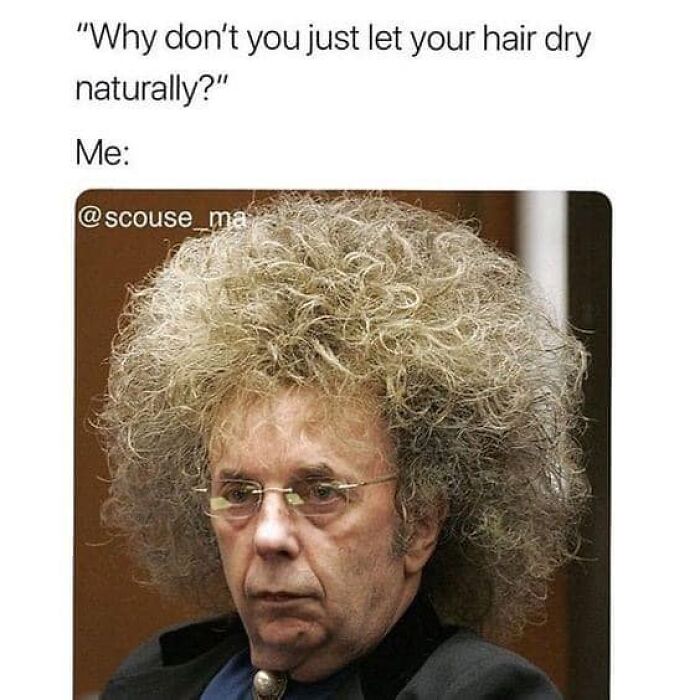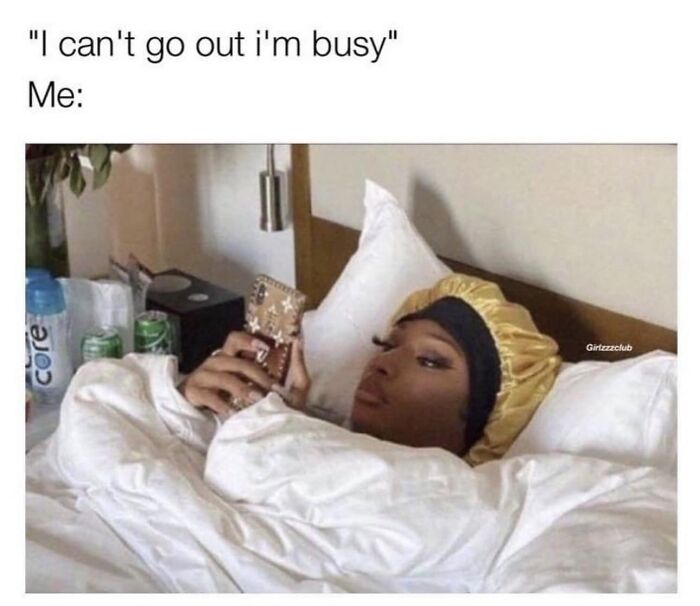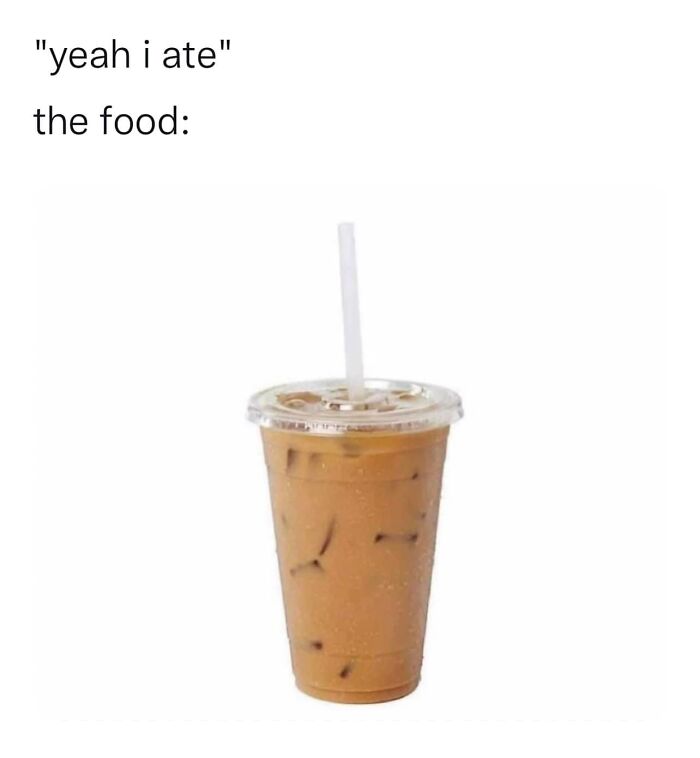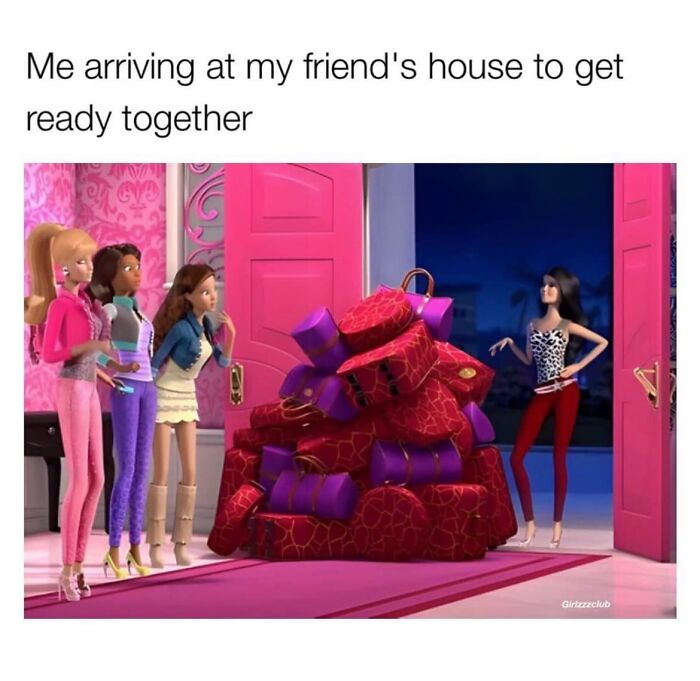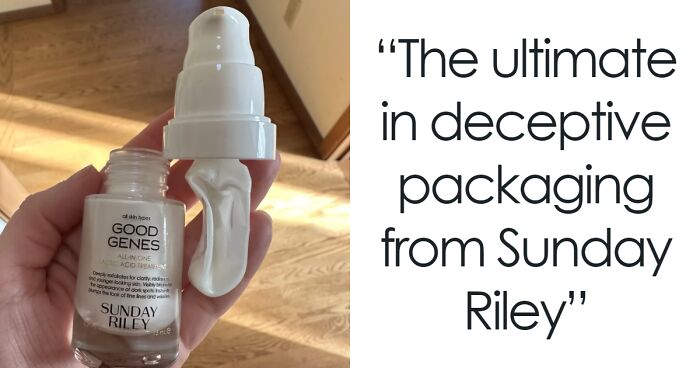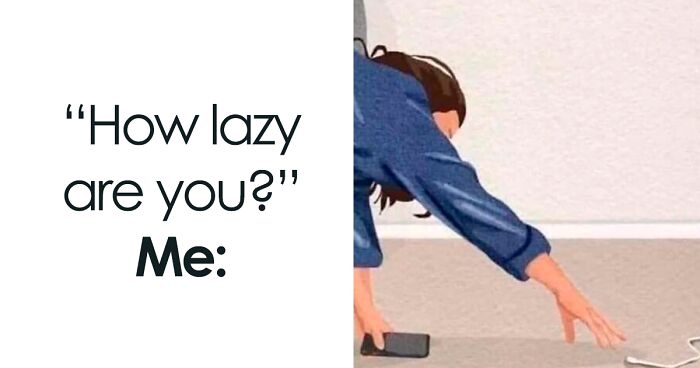
50 Hilariously Relatable Memes About Mostly Everything, Courtesy Of This Facebook Page
Our generation takes a lot of time and pride in meme culture. An average millennial consumes 20-30 of them, which totals 30 minutes, every day. Thankfully, the supply is there too.
Sharing memes has become a way to express our experiences, opinions, and emotions while staying in touch with our community. The great thing about them is that there’s something for every situation we can all relate to. Uncomfortable with public speaking? There’s a meme about that. Colleagues at your office are getting on your last nerve? You’re not alone!
The Facebook group “Relatable Memes” we’re looking at today is a place where people can find solace in humorous posts about anything and everything. We’ve compiled a list of the best ones that are perfectly suitable for all generations. So don’t be shy; scroll down to get your daily dose of spot-on silly pictures that might make you smile and nod in agreement.
This post may include affiliate links.
We love to giggle at memes and share them with our friends; there’s absolutely no shame in that. But have you ever wondered if they can be bigger than just little humorous pictures on the internet? In 2022, the global meme industry was valued at $2.3 billion and was expected to grow to $6.1 billion by 2025. It seems that these pictures can bring in surprising revenue for their authors and brands that use them.
Platforms like “MemeChat” and “Yepp” make it possible for creators to get some actual money out of them. For example, “Yepp” offers an in-app studio for anyone to make memes and shares 50% of their advertisement revenue with their users. The app’s mission is to provide an opportunity for people to monetize their sense of humor and grant them tools to make content easier. Similarly, “MemeChat” is working with brands to access the best memes and use them to promote their products. In return, the brands then pay the creators.
Interestingly, the most profitable meme to date is "Disaster Girl,” which sold for more than $573,000 at auction. In 2021, Zoe (the one in the picture) decided to exchange her involuntary fame by selling the image as an NFT (non-fungible token). She retained the copyright, which allowed her to authenticate and monetize her work. From now on, in addition to the money she received, she will continue to get 10 percent of future sales. So, while this meme might have started as a harmless photo, it has since become a source of amusement for millions and a great source of income for its creator.
However, it wouldn’t be possible to monetize memes in the first place without the vast number of people who consume and share them. According to the latest survey, 31% of respondents admitted to sharing memes on their social media and chat apps. They also reach quite a wide audience, with 75% of internet users between the ages of 13 and 36 sharing these pictures. Additionally, it appears that 38% of social media users follow meme accounts. As the popularity of memes shows no signs of slowing down, it is clear that they are here to stay.
Of course, this information hasn’t slipped the eyes of marketing strategists. Memes reach about ten times more people and have 60% engagement compared to regular visuals in advertising campaigns. Because they are funny and relatable, people automatically tend to share them more. For companies looking to reach a broader audience on a tight budget, these pictures may be an effective way to do so. To create a meme that is successful and resonates with the viewers takes craftsmanship, but when done correctly, it can be a powerful marketing tool.
Furthermore, memes have also outperformed advertising campaigns in terms of click-through rate (CTR). The average CTR for a marketing campaign is approximately 6%, whereas strategies including funny and relatable pictures reach 19%. This is measured by the number of clicks the ad receives divided by the number of times it's shown. Besides, 60% of people say that they would be more likely to buy from a company that uses memes in their advertising. The use of them helps the brand appear more modern, tap into popular culture, and effectively communicate messages in a bite-sized and lighthearted way that makes people keep coming back for more.
As we can see, memes have become big business. There’s even a term “meme coin” that is used to refer to cryptocurrencies named after characters, individuals, animals, artwork, and other viral trends. It gains support from enthusiastic online traders and is generally intended to be fun. You can invest in currencies like Pepe coin, Dogecoin, and Shiba Inu coin. They profit from the community’s participation, humor, and social media and are often designed not to have any specific use. However, just like other investments, it can be highly risky, as it usually targets younger people to obtain profits.
What started as an online niche phenomenon has infiltrated the mainstream and even started to influence purchasing habits. But what is the future of the meme industry? Reflecting on "MemeCon2022" (yes, a whole convention for memes), the head at Meta, Ricky Sans, says that they have infinite possibilities. Instagram expects creators to push the boundaries of new formats through experimentation. Lastly, the memes for ads are likely to grow further as companies look for new ways to reach younger audiences. The industry will only get more extensive and competitive, so if brands want to stand out, they'd better start refining their meme-crafting skills now.
Came here to say the same thing. Were they all made by 10-year-olds?
Came here to say the same thing. Were they all made by 10-year-olds?

 Dark Mode
Dark Mode 

 No fees, cancel anytime
No fees, cancel anytime 























